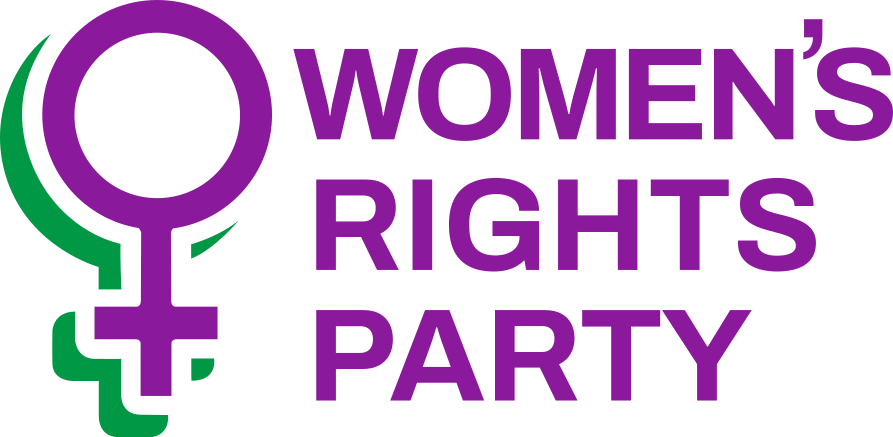Human Rights Act
Proposal
The Women’s Rights Party opposes the inclusion of “gender, gender identity and gender expression” as a protected ground for discrimination in the Human Rights Act.
Rationale
The Human Rights Act defines the grounds for unlawful discrimination. The prohibited grounds for discrimination include sex (including pregnancy and childbirth); marital status; religious and ethical beliefs; race, colour, ethnic or national origins (includes citizenship); disability; age; political opinion; employment status; family status; and sexual orientation.
The Act also provides for exceptions in employment matters; public access to places; provision of goods and services; access to land, housing or accommodation; and access to educational institutions.These exceptions are important as they include the provision of separate facilities or services for each sex on the ground of public decency or public safety.
It is also not a breach of the Act to exclude persons of one sex from participating in any competitive sporting activity in which the strength, stamina, or physique of competitors is relevant.
Employees can be treated differently on the basis of sex to preserve reasonable standards of privacy, and where the position is that of a counsellor on highly personal matters such as sexual matters or the prevention of violence. Adding “gender identity” to the grounds for unlawful discrimination could undermine the exceptions based on sex. The question of whose rights take precedence (i.e. women’s sex-based rights, or new rights protecting men claiming identity as women and therefore that these exceptions apply to them) would inevitably have to be decided in a Court of Law.
This is what is at issue in the Australian “Tickle v Giggle” case. The case is testing the legal implication of changes made in 2013 to the Australian Sex Discrimination Act which added “gender identity” defined as “the gender related identity,
appearance or mannerisms, or other gender related characteristics of a person (whether by way of medical intervention or not) with or without regard to the person’s designated sex at birth.”

